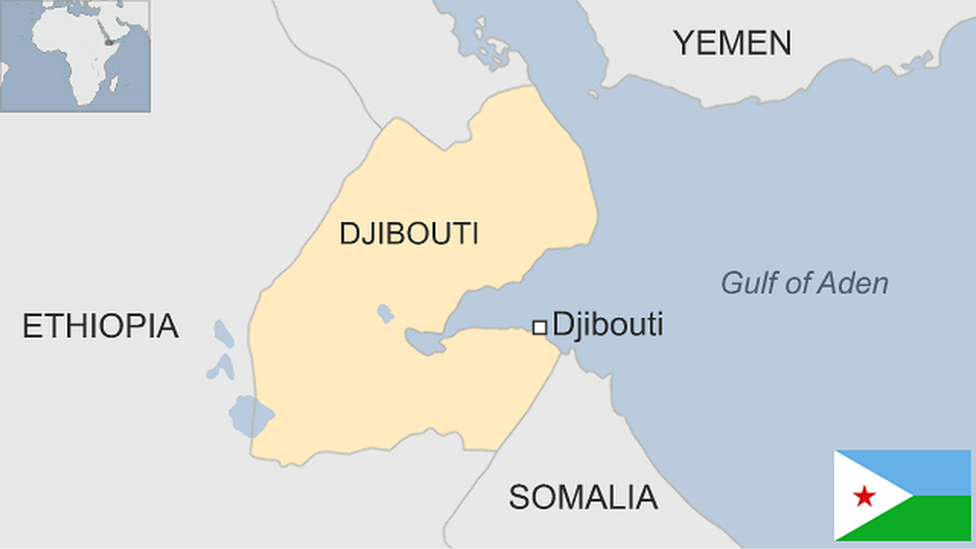Yemen country profile
- Published
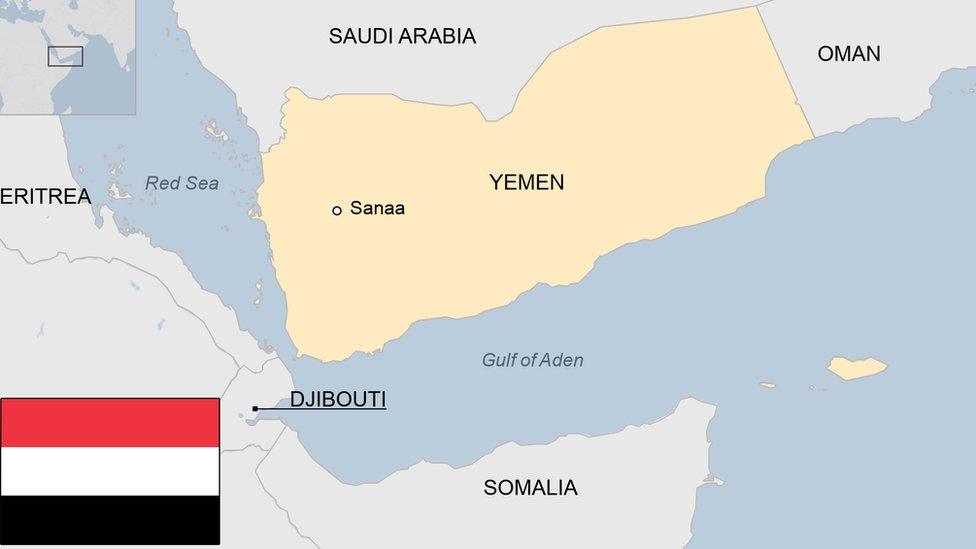
Despite its ancient roots as the crossroads of Africa, the Middle East and Asia, the modern Republic of Yemen is a relatively new state.
It was created after communist South Yemen merged with North Yemen in 1990, following years of strife, but tensions have never been far below the surface.
Yemen has been in state of political crisis since 2011, when a fresh wave of protests in 2011, inspired by the Arab Spring uprisings in Tunisia and Egypt, forced President Ali Abdallah Saleh to resign.
In the ensuing turmoil, the Houthis seized much of the north and west of the country, while Saudi-led forces intervened to support the internationally-recognised government based initially in Aden in the south. The multi-sided fighting has also seen activity by al-Qaeda and Islamic State jihadist groups.
In 2018, Aden was seized by the separatist Southern Transitional Council, which is supported by the United Arab Emirates. The internationally-recognised government - the Presidential Leadership Council - is now based in Riyadh, Saudi Arabia.
The continuing civil war in Yemen has reportedly left more than 150,000 people dead and triggered one of the world's worst humanitarian crises, with more than 23 million people - three quarters of the population - in need of some form of aid.
See more country profiles, external - Profiles by BBC Monitoring, external
REPUBLIC OF YEMEN: FACTS
Capital: Sanaa
Area: 528,000 sq km
Population: 30.9 million
Language: Arabic
Life expectancy: 61 years (men) 67 years (women)
LEADER
Chairman, Presidential Leadership Council: Rashad Muhammad al-Alimi
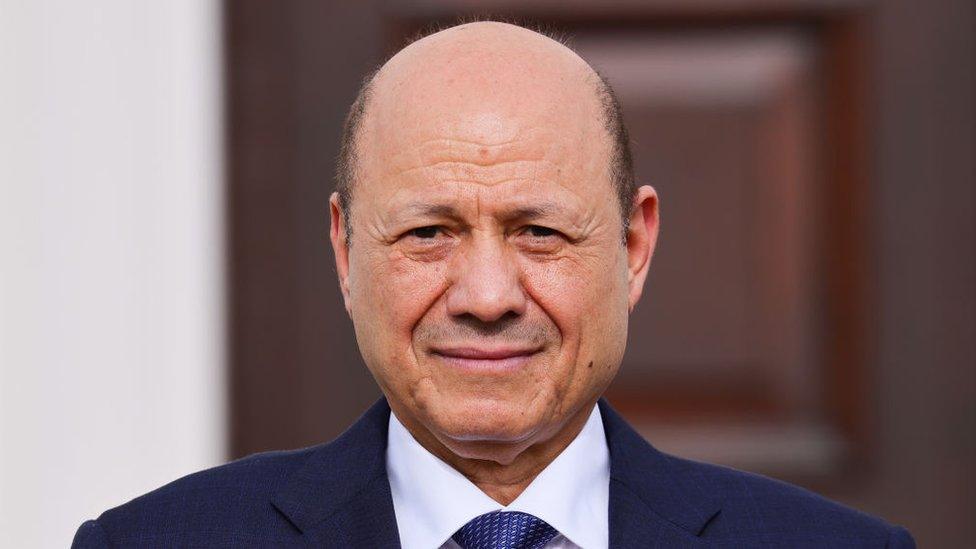
Rashad al-Alimi became chairman of the Presidential Leadership Council when President Abdrabbuh Mansour Hadi transferred his powers to the council in April 2022.
It is tasked with negotiating with the Houthis to agree a permanent ceasefire and a political solution to the war.
The other seven members include Aidrous al-Zubaidi, head of the UAE-backed Southern Transitional Council (STC) that wants an independent South Yemen; Tareq Saleh, a military commander and nephew of late former president Ali Abdullah Saleh; and Sheikh Sultan al-Arada, governor of the oil-rich province of Marib and a key battleground in the conflict.
Announcing the transfer of power, President Hadi said the council would manage Yemen's political, military and security affairs during what he called the "transitional period". It would also "negotiate with the Houthis to reach a ceasefire all over Yemen and sit at the negotiating table to reach a final political solution".
MEDIA

Yemen has been gripped by a devastating civil war since 2015
Yemen's media has been polarised since the political power struggle erupted into open civil war.
TV and radio are vital elements in the media scene, and state TV is caught in the tug-of-war between the Houthis and the internationally-recognised government.
TIMELINE
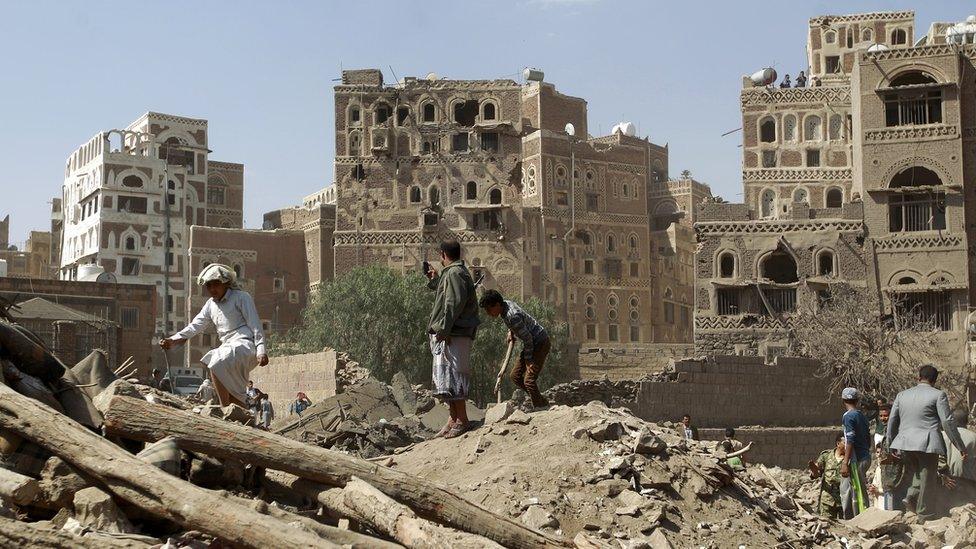
The capital Sanaa has seen air strikes by the Saudi-led coalition trying to displace Houthi rebels
Some key dates in Yemen's history:
1500s - Ottomans absorb part of Yemen into their empire but are expelled in the 1600s.
1839 - Aden in South Yemen comes under British rule. When the Suez Canal opens in 1869, it serves as a refuelling port of strategic importance to the British empire.
1918 - Ottoman Empire dissolves, North Yemen gains independence and is ruled by Imam Yahya.
1948 - Yahya assassinated, but his son Ahmad fights off opponents of feudal rule and succeeds his father.
1962 - Imam Ahmad dies and is succeeded by his son, but army officers seize power and set up the Yemen Arab Republic, sparking civil war between royalists supported by Saudi Arabia and republicans backed by Egypt.
1967 - Britain withdraws from the south after years of a pro-independence insurgency, and its former territories unite as the People's Republic of Yemen.
1969 - A communist coup renames the south the People's Democratic Republic of Yemen and reorients it towards the Soviet bloc.
1990 - The two Yemens unite as the Republic of Yemen with Ali Abdallah Saleh as president, as the Soviet bloc implodes. Tension between former states endures.
1994 - Brief war of secession ends in defeat of southern separatist forces.
2000 - Al-Qaeda gains prominence in Yemen, ushering in a period of terrorist attacks.
2004 - Troops battle Shia insurgency led by Hussein al-Houthi in the north.
2009 - Yemeni army launches a fresh offensive against Houthi rebels in the northern Saada province. Tens of thousands of people are displaced by the fighting.
2010 - Thousands flee government offensive against separatists in southern Shabwa province.
2011 - Arab Spring protests spread to Yemen; President Saleh agrees to hand over power to his deputy, Abdrabbuh Mansour Hadi.
2014 - Houthi Shia rebels overrun the capital, Sanaa, plunging country into a prolonged civil war.
2015 - Saudi Arabia leads international military coalition against the Houthis, who it says are being aided by Iran.
Islamic State carries out its first major attacks in Yemen - two suicide bombings targeting Shia mosques in Sanaa, in which 137 people are killed.
2018 - Southern Yemeni separatists, the Southern Transitional Council - backed by the United Arab Emirates - seize control of Aden, the main city in the south.
2019 - Separatists and government sign power-sharing agreement to end conflict in southern Yemen.
2022 - President Hadi resigns after losing the support of the Saudi-led coalition and the Presidential Leadership Council takes power.
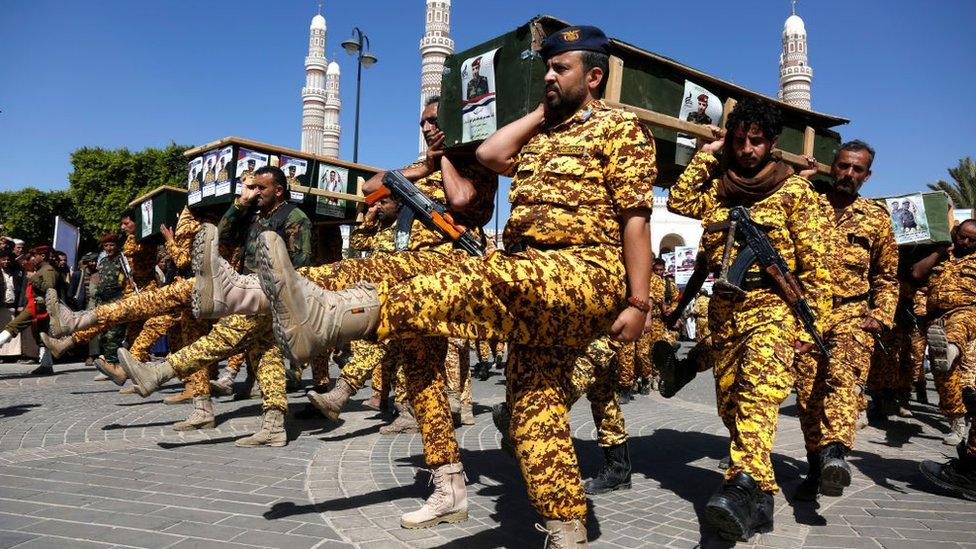
Funerals in Sanaa: More than 150,000 people have been killed in the civil war
Related topics
- Published29 August 2023
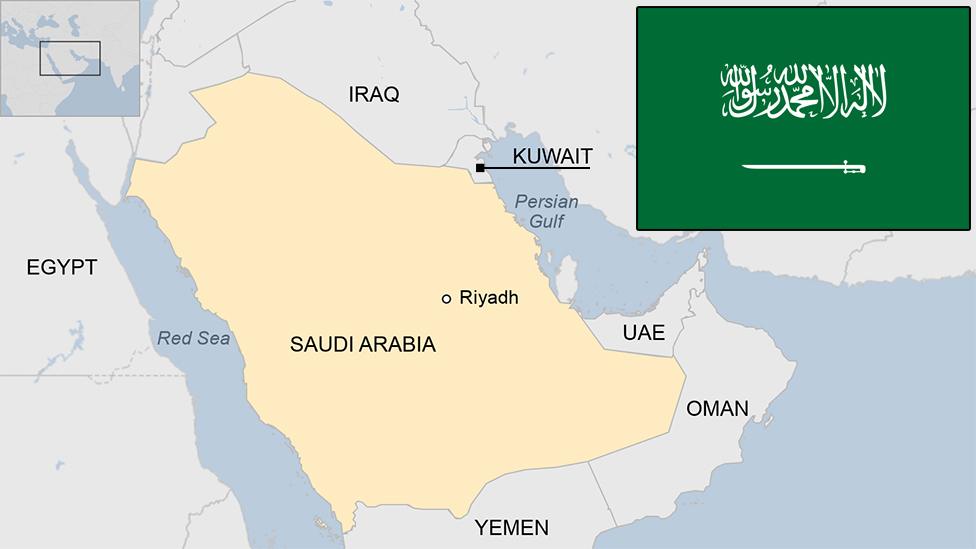
- Published7 September 2023
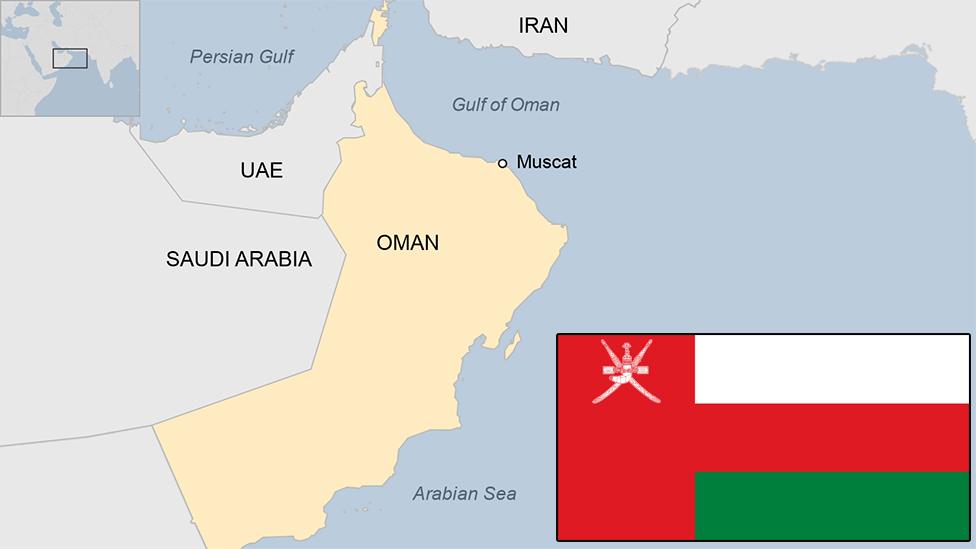
- Published2 January 2024
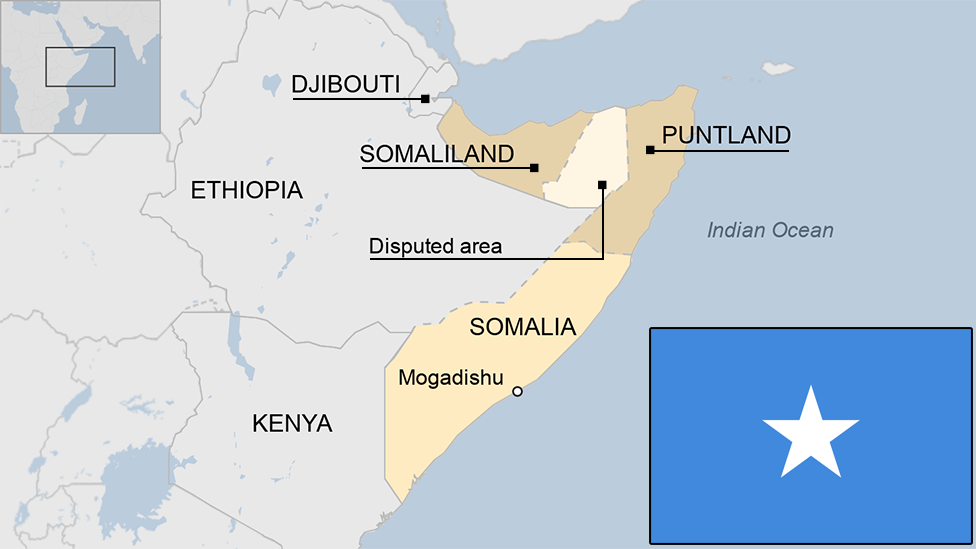
- Published18 April 2023
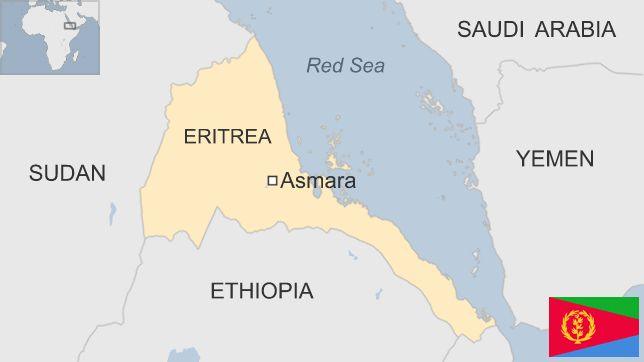
- Published18 April 2023
